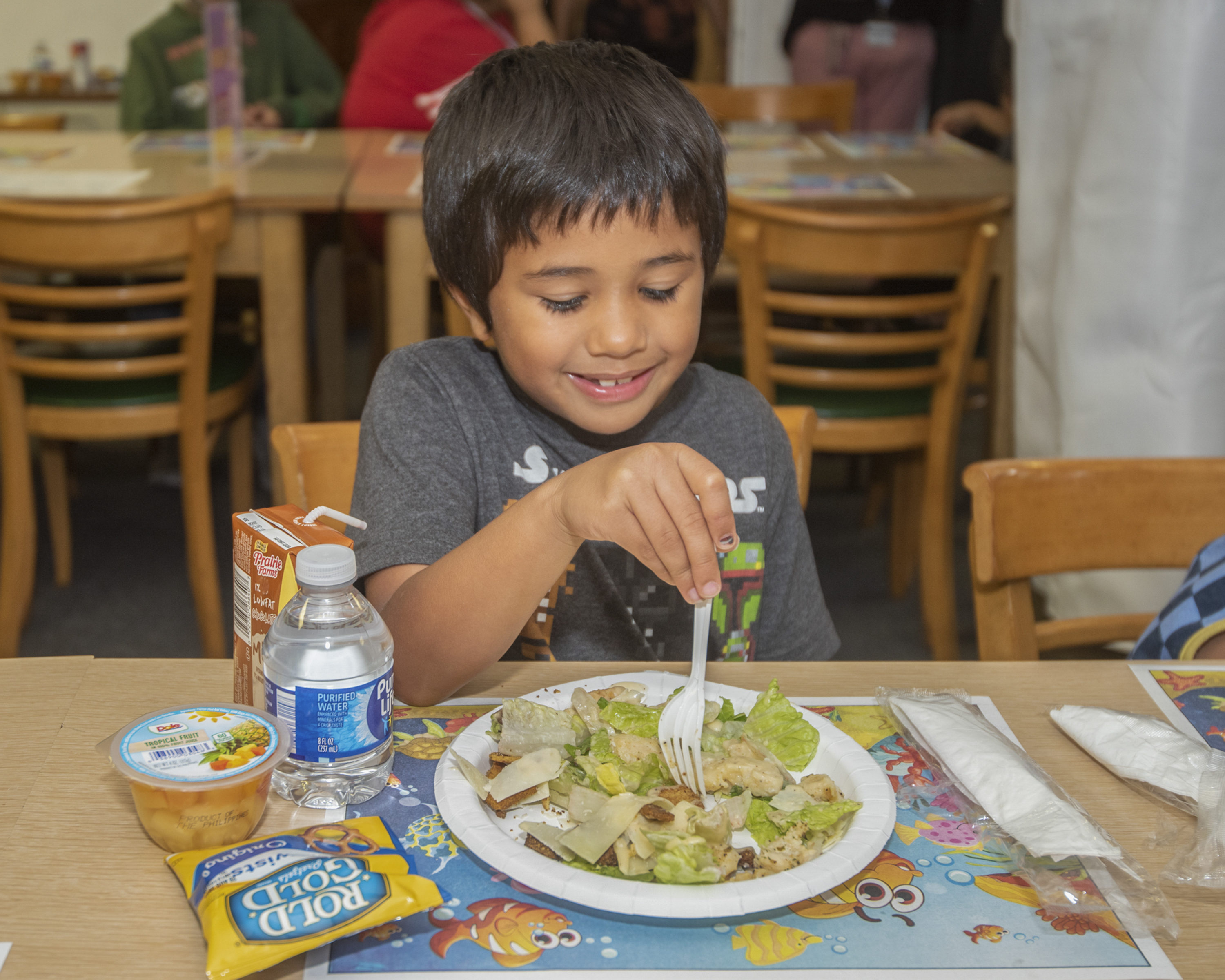Department of Community Health

The Network’s Department of Community Health was founded in 1996 in an effort to establish an effective and sustainable way to support the needs of the communities served by St. Luke’s University Health Network. Since then, the department has grown and evolved to become a leader in promoting health for the most vulnerable communities across the region.
Our mission is to create pathways for equity toward measurable health outcomes through advocacy, access, and navigation of resources for partners and underserved communities. We envision a community where everyone has access to exceptional health care built on a foundation of trust and compassion.
The current strategic plan (fiscal year 2024-2025) was developed as a roadmap to prioritize efforts focused on the specific needs within the communities we serve. Community Health Liaisons serve every campus community to ensure that meaningful and sustainable partnerships are developed at the local level. This provides the capacity and infrastructure needed to ensure that pathways toward equity and measurable health outcomes can be realized.
The Department of Community Health team is led by Vice President Rajika Reed, Ph.D, MPH, M.Ed., who has served the local community for more than 25 years in the field of public health. The department oversees the Community Health Needs Assessment (CHNA), which is conducted internally every three years as part of the Patient Protection and Affordable Care Act. The top priorities outlined in the CHNA and the implementation strategy serve as a guide to support strategic initiatives through the pillars of Prevention and Wellness, Care Transformation, and Research and Partnerships.
Improving Access to Care
- Data continues to show the need for access to primary care, mental health, and dental providers in our region, especially in our rural service areas.
- Uninsured rates continue to decline in our service areas, with between 4-6% of the population uninsured, compared to 7% in Pennsylvania, 8% in New Jersey, and 10% nationwide.
- Income-related disparities are significant, with Medicaid, low income and rural populations reporting higher rates of chronic disease, lower rates of preventive screenings and healthy behaviors, and more frequent late stage cancers at diagnosis.
- Affordable housing, food security and transportation were consistently cited as barriers to care and well-being across network communities.
Preventing Chronic Disease
- The obesity and overweight populations comprise 78% of the SLUHN service area, compared to 74% nationwide.
- Of respondents aged forty-five and older, 83% reported having one or more chronic diseases.
- Only 17% of survey respondents reported exercising 30 minutes or more five or more times per week, and only 7% reported eating five or more servings of fruits and vegetables daily.
- Unhealthy behaviors are paralleled by disease outcomes and correlate with income levels, with lower income individuals having less healthy behaviors and higher disease prevalence.
Improving Access to Mental and Behavioral Health
- Mental and behavioral health needs increased in 2025 since our last CHNA in 2022. Resources continue to expand in our service areas, especially with the integration of St. Luke’s Penn Foundation Network-wide.
- When asked about the needs in their community, 48% of survey respondents across the Network reported that mental health was a top priority.
- Approximately 39% of survey respondents reported one or more poor mental health days in the past month.
Testimonials
Our team in in your neighborhood working in schools, partnering with the public sector and countless non-profit organizations.
H.O.P.E. at St. Luke’s
A premier program for the Health, Outreach, Prevention and Education for persons living with HIV/AIDS, with a focus on the uninsured and underinsured - Location and hours.
To donate, volunteer, or to learn more, please email community.health@sluhn.org or call 484-526-2100.
Community Health news & stories
Stay informed about how we are dedicated to improving the health and well-being of our communities.

